The best forex pairs to trade SMC are major pairs like EUR/USD and GBP/USD, primarily due to their high liquidity and predictable reactions to institutional price levels, especially during the London and New York session overlap. Success in Smart Money Concepts (SMC) trading hinges on selecting the right instrument that respects key levels and offers clean structural breaks. Finding a reliable online forex broker is the first step. This guide will walk you through the top pairs for SMC, explain which setups work best for each, and detail the optimal times to trade them, providing a complete framework for your trading plan.

Key Takeaways
- High Liquidity is King: The best pairs for SMC, like EUR/USD, GBP/USD, and USD/JPY, have immense trading volume. This ensures that institutional-level concepts like Order Blocks and Fair Value Gaps are respected and less prone to random, unpredictable spikes.
- Session Overlaps are Golden Hours: The London and New York session overlap (8 AM – 11 AM EST) is the most potent time for SMC trading. This period offers the highest liquidity and volatility, leading to cleaner Breaks of Structure (BOS) and more reliable entries.
- Not All Pairs Are Equal: Different pairs have unique personalities. EUR/USD offers clean, methodical price action, while GBP/JPY is known for its high volatility, making it suitable for experienced traders looking for larger moves. Matching a pair’s character to your trading style is crucial.
- Focus on Major Setups: The most reliable SMC setups across the top pairs are Order Blocks, Liquidity Grabs (sweeps), and Break of Structure (BOS). Mastering these core patterns on one or two pairs is far more effective than trying to trade every setup on every pair.
- Structure First: The foundation of any successful SMC trade is a clear understanding of market structure. Identifying higher timeframe trends and key structural points (highs and lows) provides the context needed to execute high-probability trades on lower timeframes.
Best Forex Pairs for SMC: Quick Comparison
Before we dive deep, here’s a quick-glance table I’ve put together based on years of screen time. It summarizes the best forex pairs to trade smc, highlighting their liquidity, ideal trading times, and the most effective SMC setups for each. Think of this as your cheat sheet.
| Pair | Liquidity | Best Time to Trade | SMC Setups That Work Best |
| EUR/USD | Very High | London & NY Overlap | Order Blocks, Liquidity Grabs, Break of Structure |
| GBP/USD | High | London & NY Overlap | Order Blocks, Fair Value Gaps, BOS/CHoCH |
| USD/JPY | High | Asian & NY Sessions | Order Blocks, Liquidity Sweeps, Microstructure entries |
| AUD/USD | Medium-High | Sydney/Asian & NY Sessions | Order Blocks, FVGs, Mitigation Blocks |
| USD/CAD | Medium | NY Session | Order Blocks, Break of Structure, Supply/Demand Imbalance |
| USD/CHF | Medium | London & NY Sessions | Order Blocks, Sharp Moves, BOS/CHoCH |
| EUR/GBP | Medium | London Session | Order Blocks, BOS/CHoCH, Liquidity Grabs |
| GBP/JPY | Medium | London/NY Overlap, Early Asia | Volatility Hunts, Order Blocks, Liquidity Grabs |
What Makes a Pair ‘Best’ for SMC Trading?
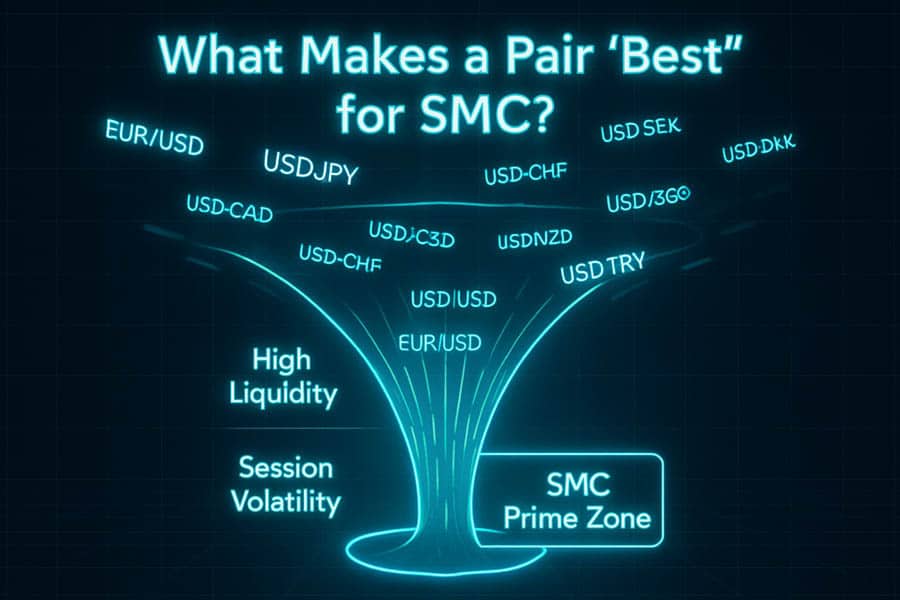
When we talk about the best pairs to trade with SMC, we’re not just picking names out of a hat. There’s a specific set of criteria that makes a pair suitable for a strategy that relies on institutional order flow. After years of testing and trading, I’ve found that these factors are non-negotiable. It’s about finding clean, predictable environments where the footprints of smart money are easiest to spot.
High Liquidity and Order Flow
Liquidity is the lifeblood of SMC. High liquidity, which you’ll find in major pairs like EUR/USD and GBP/USD, means there’s a massive volume of orders flowing through the market. Why does this matter? Because it ensures that institutional concepts are respected. An order block on a highly liquid pair holds weight because it represents a genuine zone of significant institutional interest. On an exotic, low-liquidity pair, a similar pattern could just be noise. High liquidity smooths out price action, reducing random spikes and creating the clean market structure that SMC traders need to operate effectively.
Reactivity to Institutional Levels
The core of SMC is identifying where banks and large institutions are likely to place their orders. The best forex pairs to trade smc are those that show a clean reaction to these levels. When price pulls back to a valid order block or mitigates a fair value gap and then reverses sharply, it confirms our analysis. Some pairs, due to their participants and economic drivers, are simply more “technical” than others. They respect Fibonacci levels, pivot points, and, most importantly, the supply and demand zones created by smart money. EUR/USD is famous for this methodical, respectful price action.
Session-Specific Volatility
Volatility is our friend, but it needs to be the right kind. We need enough movement to create clear breaks of structure and provide profit potential, but not so much chaotic “whipsawing” that our stops are constantly taken out. The best pairs offer predictable volatility during specific trading sessions. For example, GBP pairs are famously active during the London session, providing the momentum needed for strong SMC setups. Trading a pair like AUD/USD during the London session might be frustratingly slow. Aligning your trading with a pair’s active hours is a fundamental edge that many new traders overlook.
Tight Spreads and Execution
This is a practical but critical point. SMC often involves precision entries, sometimes on lower timeframes. A tight spread ensures that you get into a trade at the price you want, without giving up too much of your edge to the broker. Major pairs naturally have the tightest spreads, especially when you are working with a good forex trading broker. When your stop loss is only 5-10 pips, a 2-pip spread can be the difference between a winning trade and a premature stop-out. For this reason alone, major pairs are almost always the best pairs to trade with SMC.
Deep Dive: The Top 4 Pairs for SMC Traders

Now, let’s get into the specifics. While the table above gives a great overview, understanding the personality of each pair is what separates consistently profitable traders from the rest. Here’s my breakdown of the top four pairs, including the nuances I’ve learned from trading them with SMC for years.
EUR/USD: The King of Clean Structure
If you’re new to SMC or want a reliable, predictable pair, look no further than EUR/USD. I often call it the “textbook” pair because its price action is incredibly clean and respectful of technical levels. Its immense liquidity, being the most traded pair in the world, means that SMC concepts play out beautifully. The order flow is so deep that manipulation is harder, and true institutional levels tend to hold firm.
During the London and New York session overlap, EUR/USD comes alive. You’ll see classic institutional price runs: a liquidity grab above an Asian session high, a sharp reversal, a break of structure to the downside, and a perfect return to an order block or fair value gap for a high-probability entry. Because it moves so methodically, identifying a Change of Character (CHoCH) and a subsequent Break of Structure (BOS) is often clearer here than on any other pair. This makes it one of the absolute best forex pairs to trade smc for building a foundational understanding of the strategy.
GBP/USD: The Volatility Powerhouse
GBP/USD, or “Cable,” is like EUR/USD’s more aggressive cousin. It follows the same SMC principles but with more speed and deeper price swings. This volatility can be a double-edged sword. On one hand, it offers fantastic risk-to-reward opportunities. A single, well-executed trade during the London session can capture a significant move. Fair Value Gaps (FVGs) are common and tend to be large, providing clear targets for both entries and exits.
However, this same volatility requires stricter risk management. The liquidity sweeps on GBP/USD can be aggressive, often spiking further than you might expect to hunt for stops. My advice for trading Cable with SMC is to be patient. Wait for a clear, high-timeframe confirmation before looking for lower-timeframe entries. Because of its nature, a Break of Structure on the 15-minute chart is more significant here. It’s an excellent pair for SMC, but one that demands respect. It is undoubtedly one of the best pairs to trade with SMC if you can handle the heat.
USD/JPY: The Session Specialist
USD/JPY has a unique rhythm that makes it a fascinating pair for SMC. It has two main periods of activity: the Asian session and the New York session. During the Asian session, it often establishes a clear range. SMC traders can then watch for liquidity sweeps above or below this range as the London session opens, often setting up a reversal for the rest of the day. This “Asian range sweep” is a classic SMC play on this pair.
During the New York session, its movements are heavily influenced by US economic data and bond yields. This can lead to powerful, directional moves. Order blocks formed during these news-driven pushes are often very potent. I’ve found that microstructure entries—looking for smaller BOS/CHoCH patterns on the 1-minute or 5-minute charts after a higher-timeframe point of interest has been hit—work exceptionally well on USD/JPY. Its clean trending nature makes it one of the best forex pairs to trade smc for trend continuation models.
AUD/USD: The Commodity Play
The “Aussie” offers a different flavor. Its price action is closely tied to commodity prices (like iron ore) and the economic health of Asia, particularly China. This gives it a distinct personality. The best time to watch AUD/USD for SMC setups is during the transition from the Sydney session to the Asian session. Clear ranges are often formed, and the opening of the Tokyo market provides the volatility needed to sweep liquidity and initiate a move.
Mitigation Blocks and Fair Value Gaps are particularly effective on this pair. When a trend is established, AUD/USD tends to pull back cleanly to these zones before continuing its move. I’ve found it to be less “spiky” than GBP/USD, offering smoother entries for those who prefer a less aggressive trading style. It’s a solid choice and one of the best pairs to trade with SMC, especially for traders who are active during the Asian market hours.
Essential SMC Setups Explained
To effectively trade these pairs, you need to have a rock-solid understanding of the core SMC setups. These are not just patterns; they are windows into the logic of institutional order flow. Mastering their identification is the key to unlocking the potential of the best forex pairs to trade smc.
Order Block: The Footprint of Smart Money
An Order Block is the last up or down candle before a sharp, impulsive move that breaks market structure. This zone represents a point where large institutions injected significant orders into the market. The theory is that not all of their orders were filled, so price will often return to this level to “mitigate” the remaining positions before continuing in the new direction. A high-probability entry involves waiting for price to tap into a valid Order Block on a higher timeframe (e.g., 1-hour or 4-hour) and then looking for a confirmation, like a CHoCH on a lower timeframe (e.g., 5-minute), to enter.
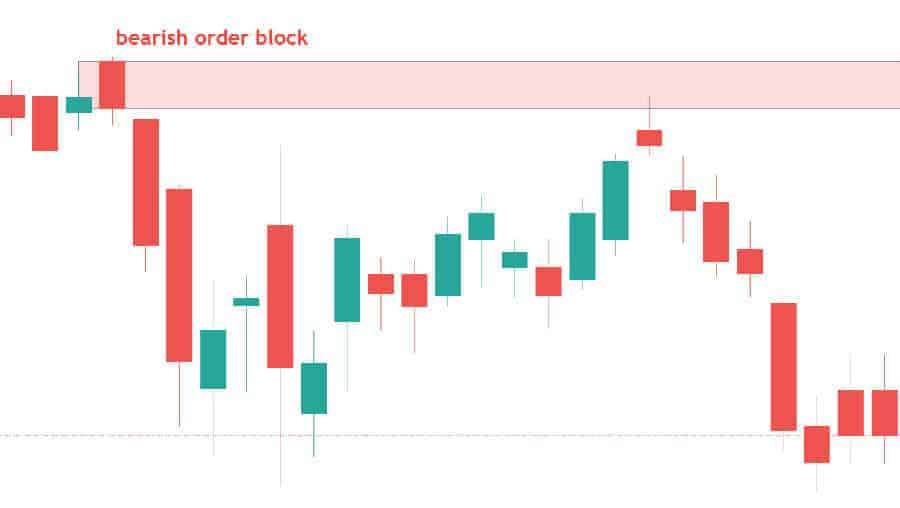
Break of Structure (BOS): Confirming the Trend
A Break of Structure is the engine of an SMC trend-following model. In an uptrend, a BOS occurs when price creates a new higher high, breaking above the previous one. In a downtrend, it’s a new lower low. A BOS confirms that the institutional order flow is still pushing in the same direction. The standard SMC play is to wait for a BOS and then look for a pullback into a discount zone (for buys) or a premium zone (for sells) to enter the trade, targeting the next structural high or low. The clarity of the BOS is a key factor when evaluating the best forex pairs to trade smc.
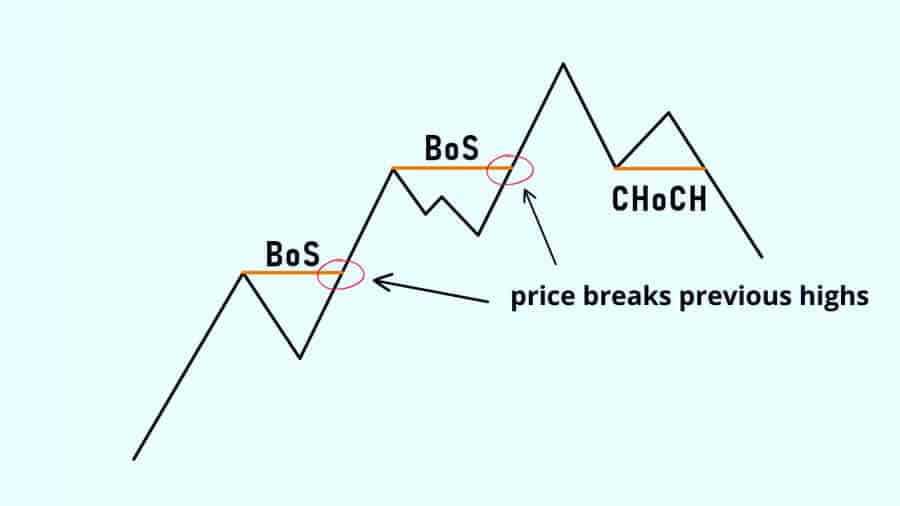
Liquidity Grab: The Art of the Hunt
Smart money needs liquidity to fill their large orders without causing significant slippage. Where does this liquidity rest? Above old highs and below old lows, where retail traders place their stop losses. A Liquidity Grab (or Sweep) is a sharp spike beyond these obvious levels to trigger those stops, engineering liquidity. Often, price will quickly reverse after a sweep. A classic SMC entry is to identify a key liquidity pool (e.g., equal highs), wait for price to sweep it, and then enter in the opposite direction once a shift in market structure confirms the reversal.
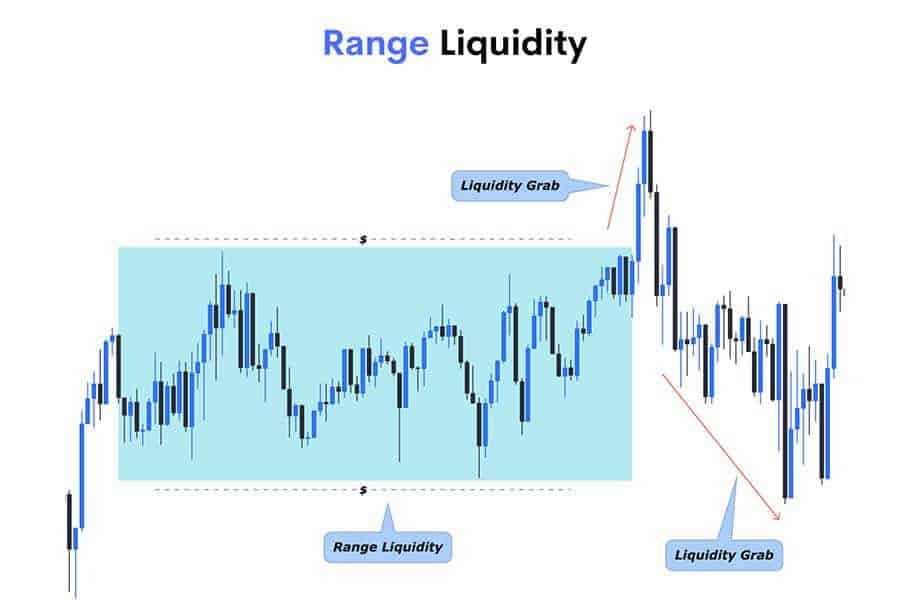
Fair Value Gap (FVG): The Imbalance Zone
A Fair Value Gap is a three-candle pattern that indicates a price inefficiency or imbalance. It occurs when there is a large, aggressive move, leaving a gap between the first candle’s wick and the third candle’s wick. This gap represents a void in the market that price is likely to revisit to “rebalance” before moving on. FVGs act as magnets for price. A common SMC strategy is to wait for price to pull back into an FVG that aligns with the overall trend and enter from there. The best pairs to trade with SMC often create and respect these gaps cleanly.
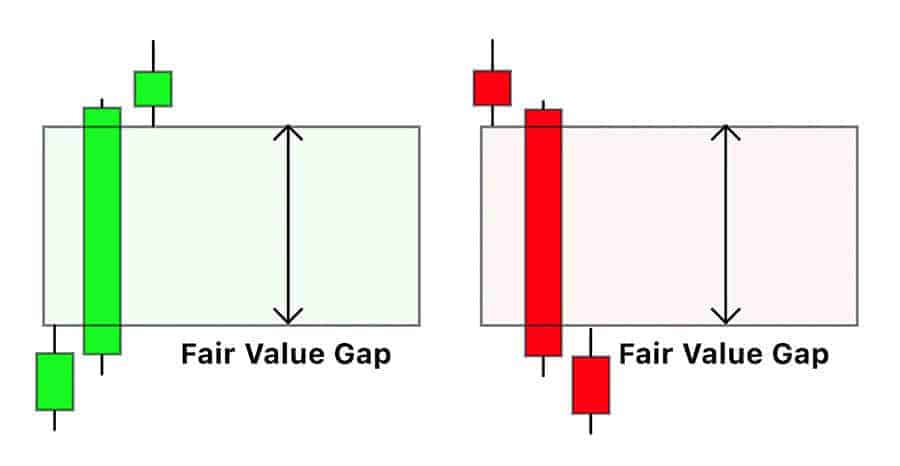
How to Find Your Personal Best Pair for SMC

While I can provide a list of the technically best forex pairs to trade smc, the ultimate best pair is the one that clicks with you. Finding it requires a bit of introspection and a structured approach. Here’s the process I recommend to all traders I mentor.
Align with Your Trading Session
This is the most important step. You cannot be a successful intraday SMC trader if you’re not trading during periods of high liquidity. If you live in Europe, focusing on EUR/USD and GBP/USD during the London session makes perfect sense. If you’re in North America, the London/NY overlap is your prime time. If you’re in Asia, focusing on USD/JPY and AUD/USD during your morning is the logical choice. Forcing yourself to trade outside these optimal windows will lead to frustration, as price action will be slow and SMC patterns will be less reliable. Your schedule dictates your primary pairs.
Master One Pair Before Adding Another
A huge mistake I see traders make is “pair hopping.” They see a potential setup on EUR/USD, then jump to GBP/JPY, then to Gold, never truly mastering any of them. Each pair has its own unique behavior—its average daily range, its reaction to news, how deep its pullbacks tend to be. Pick one of the best forex pairs to trade smc from the list, like EUR/USD, and commit to it. Watch it every single day. Backtest it. Journal every trade. Once you feel you intuitively understand its rhythm and can trade it profitably, only then should you consider adding a second pair.
Journal and Analyze Your Performance
Your trading journal is your most valuable data source. It will tell you the unbiased truth about your performance. For every trade, you should log the pair, the session, the SMC setup used (e.g., H4 Order Block entry), the risk-to-reward ratio, and the outcome. After 50-100 trades, review the data. You might discover that your win rate on GBP/USD liquidity sweeps is exceptionally high, but you constantly lose on AUD/USD trend continuation plays. This data-driven feedback is how you discover which of the best pairs to trade with SMC is truly the best for you.
Develop a Trading Plan Around Your Pair
Once you’ve identified your primary pair, build a detailed trading plan around it. This document should be your bible. It should specify:
- The Pair(s): e.g., Primary: EUR/USD, Secondary: GBP/USD.
- Trading Sessions: e.g., London and NY Overlap (8 AM – 12 PM EST).
- High-Timeframe Analysis: e.g., Daily and 4-Hour for trend direction.
- Execution Timeframes: e.g., 15-minute for structure, 1-minute for entry confirmation.
- Your Core Setups: e.g., “I will only trade A+ setups: 1) H4 Order Block mitigation with a 1m CHoCH, or 2) M15 BOS with a pullback to a discount FVG.”
- Risk Management Rules: e.g., Max 1% risk per trade, max 2 losses per day.
This level of specificity removes emotion and discretion, turning your trading into a disciplined, professional operation focused on the best forex pairs to trade smc for your system.
Opofinance: Your Partner in SMC Trading
Choosing the right broker for forex trading is as crucial as selecting the right pair. Opofinance, regulated by ASIC, provides the ideal environment for serious SMC traders.
- Advanced Trading Platforms: Access the markets through industry-standard platforms like MT4 and MT5, or advanced options like cTrader and the proprietary OpoTrade app.
- Innovative AI Tools: Gain an edge with an AI Market Analyzer to spot opportunities, an AI Coach to refine your strategy, and instant AI Support.
- Flexible Trading Options: Explore your potential with Social Trading to follow experts or take on Prop Trading challenges to get funded.
- Secure & Fee-Free Transactions: Benefit from safe and convenient deposits and withdrawals, including crypto payments with zero transaction fees.
Elevate your trading experience and execute your SMC strategy with precision. Open an account with Opofinance today.
Conclusion
Ultimately, the best forex pairs to trade smc are those with high liquidity, clean structure, and volatility that aligns with your trading schedule. While major pairs like EUR/USD and GBP/USD are fantastic starting points due to their predictability, your personal best pair will be discovered through dedicated screen time, meticulous journaling, and mastering its unique personality. Focus on one or two pairs, trade them during their most active sessions, and build a robust plan around high-probability setups like Order Blocks and Liquidity Grabs for consistent, long-term success.
Related References: +
What timeframe is best for SMC?
There’s no single “best” timeframe. SMC uses multi-timeframe analysis. Typically, traders use higher timeframes (e.g., 4-hour, Daily) to determine the overall trend and identify key points of interest, and lower timeframes (e.g., 15-minute, 5-minute, or even 1-minute) to refine entries and spot changes in structure.
Can I trade Gold (XAU/USD) with SMC?
Yes, Gold is very popular among SMC traders. It is highly volatile and respects institutional levels well. However, it can be much more aggressive than forex majors, with larger spreads and more severe spikes. It’s often considered a more advanced instrument for SMC.
How much capital do I need to start SMC trading?
This depends on your broker and risk management. You can start with a few hundred dollars, but the key is to risk a very small percentage of your capital (typically 0.5% to 1%) on any single trade. Prop firm challenges are also a popular route for SMC traders to access larger capital.
Is SMC better than retail trading strategies?
SMC provides a logical framework for why the market moves, focusing on liquidity and institutional order flow rather than lagging indicators or simple patterns. Many traders find this logic leads to a deeper understanding of price action and more high-probability setups, but success depends on the trader’s skill and discipline, not the strategy’s name.
Do I need special indicators for SMC?
No, pure SMC trading is done on a clean chart. The focus is on price structure, order blocks, imbalances (FVGs), and liquidity pools. Some traders use indicators to mark sessions (like an Asian Range indicator) or visualize order blocks, but they are tools for convenience, not signals for entry.







